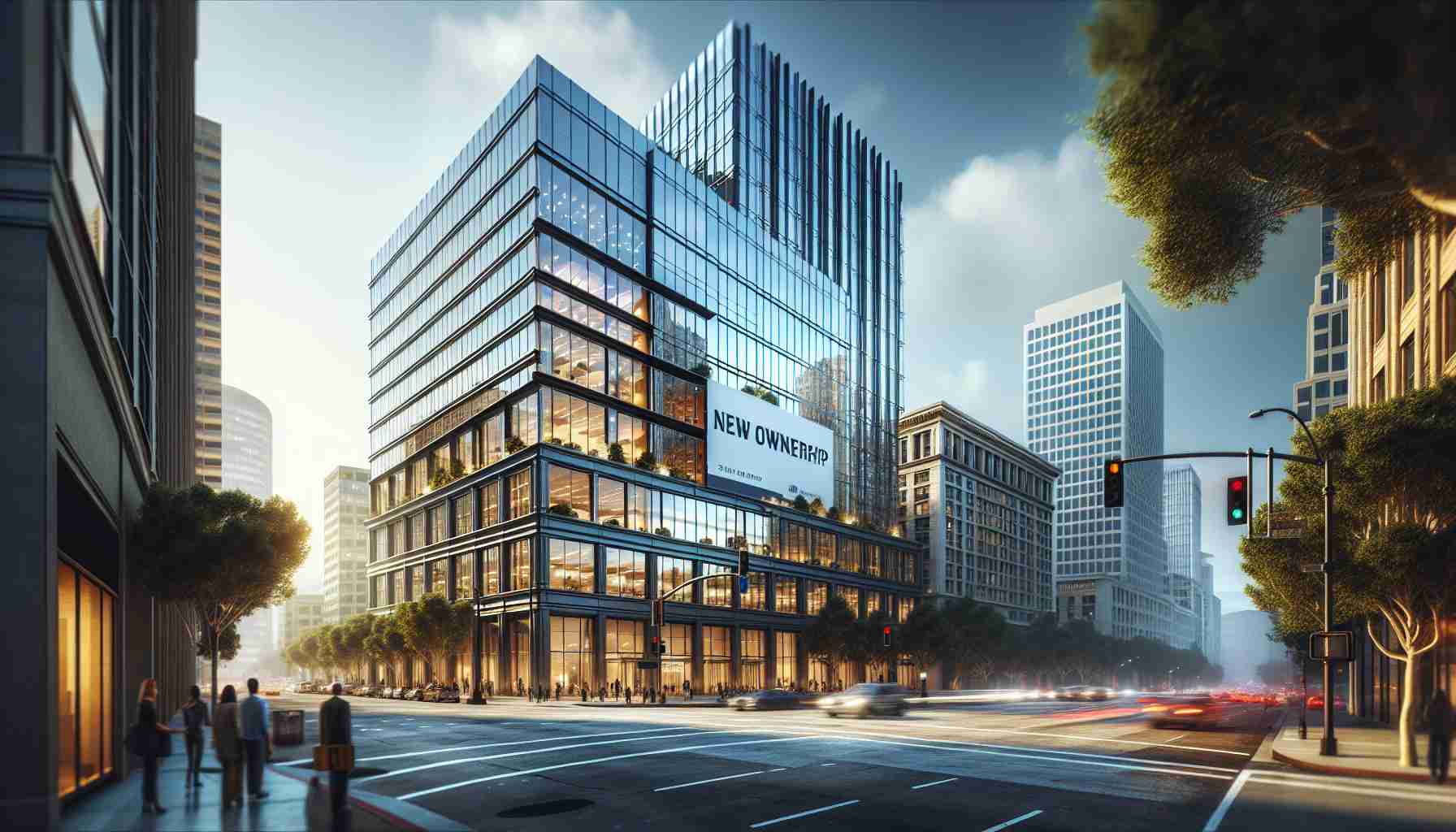A significant transition has occurred in downtown Oakland with the acquisition of a 15-story office building, which boasts an impressive 278,000 square feet of workspace, located at 180 Grand Avenue. This development is set against the backdrop of a challenging office market in the Bay Area.
The recent purchase of the office tower, along with an adjacent parking garage, marks a notable shift in property ownership in the area. As various sectors experience fluctuations, the sale is indicative of ongoing trends impacting commercial real estate, particularly in urban centers like Oakland.
Despite the ongoing challenges faced by the real estate market in the Bay Area, this transaction illustrates a potential for revitalization. Buyers are navigating unique opportunities amidst the current landscape, signaling that certain properties may still attract interest even as they grapple with issues such as vacancy rates and remote work trends.
Developers and investors involved in this acquisition seem to be optimistic about the future of the downtown area, highlighting a desire to energize the local economy. With this new ownership, stakeholders are likely to explore various strategies to enhance the appeal and functionality of the building to attract future tenants.
This transition reflects broader economic dynamics, showcasing both the struggles and potential resurgence of commercial real estate in urban environments. The evolution of this property could set a precedent for subsequent investments in the region.
Exploring the Future of Urban Real Estate: Tips, Life Hacks, and Interesting Facts
As the landscape of commercial real estate, particularly in urban centers like Oakland, undergoes significant transformations, it’s essential to stay informed and adaptable. Here are some useful tips, life hacks, and fascinating facts related to this evolving market.
1. Embrace Flexibility in Workspace Design
In a world where remote work is increasingly prevalent, ensure your office space is versatile. Consider designs that accommodate both collaborative endeavors and quiet, individual work. For example, create convertible meeting spaces and quiet zones to meet the diverse needs of future tenants.
2. Understand the Market Trends
Keep a close eye on current trends affecting the office market. From remote work policies to the shift towards hybrid models, understanding these dynamics can offer insights into potential investment opportunities. Subscribe to real estate news outlets or join local business groups to stay updated.
3. Invest in Sustainability
As environmental concerns gain traction, incorporating sustainable practices in office buildings can enhance their appeal. Consider features like energy-efficient systems, green roofs, and environmentally-friendly materials. These not only attract eco-conscious tenants but can also lead to cost savings in the long run.
4. Leverage Technology
Integrating smart technology into buildings can significantly enhance their functionality and tenant experience. Automated lighting, HVAC systems, and secure access control can improve efficiency and security, making properties more attractive to potential renters.
5. Build Community Connections
Investing in commercial real estate is not just about the physical building but also the community it serves. Create opportunities for local partnerships and events that can draw people to the area, enhancing the building’s visibility and attractiveness.
Interesting Fact: Did you know that office buildings with ample natural light significantly improve employee productivity and satisfaction? This fact underlines the importance of incorporating ample windows and open spaces in new developments.
Life Hack: If you’re involved in property management or development, consider utilizing virtual tours for potential tenants. This not only saves time but gives remote prospects a comprehensive look at the space before visiting in person.
6. Stay Open to New Opportunities
The real estate landscape can be unpredictable, but challenges can also signal new investment opportunities. Stay flexible and ready to pivot your strategies based on market demands and shifts.
In conclusion, while the current state of the office market presents challenges, it also offers a chance for innovation and growth. By adopting these tips and embracing the changing dynamics of the industry, stakeholders can position themselves for success.
For more insights on real estate opportunities and trends, visit Realtor.
